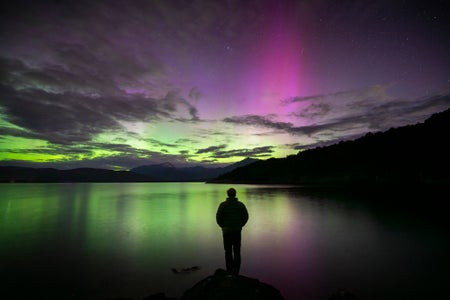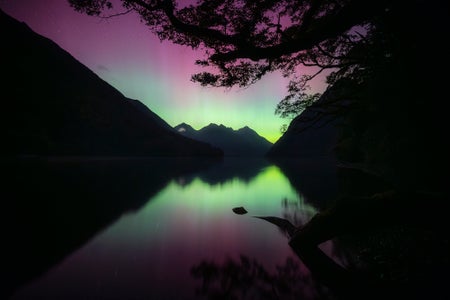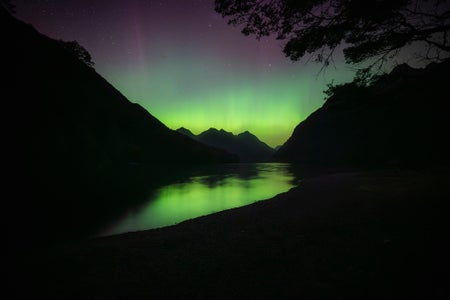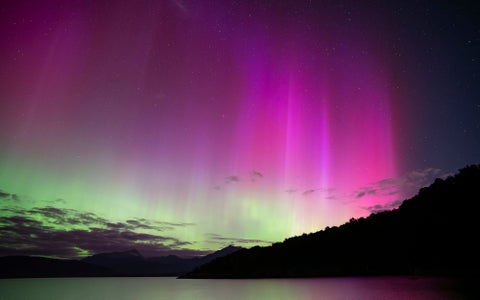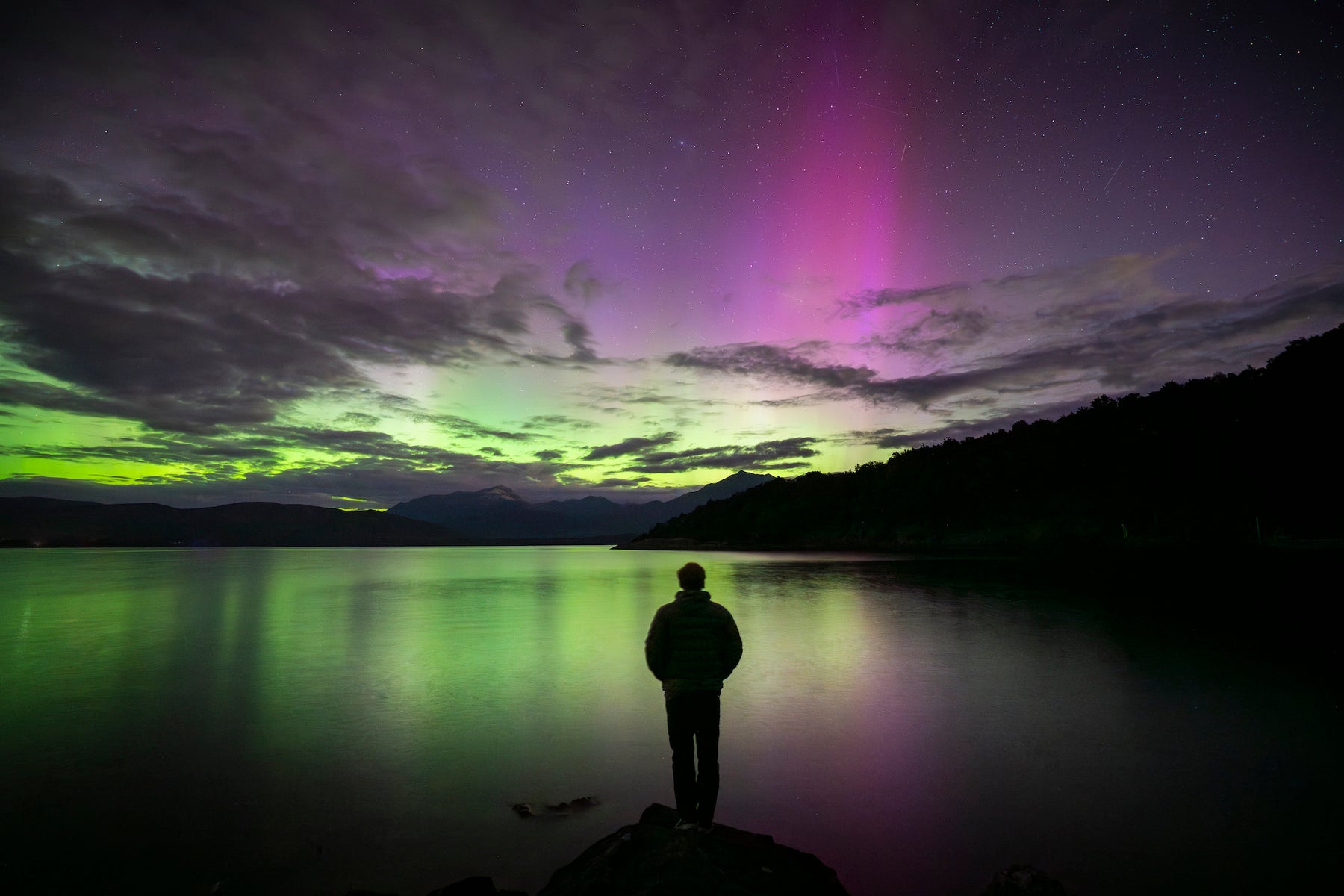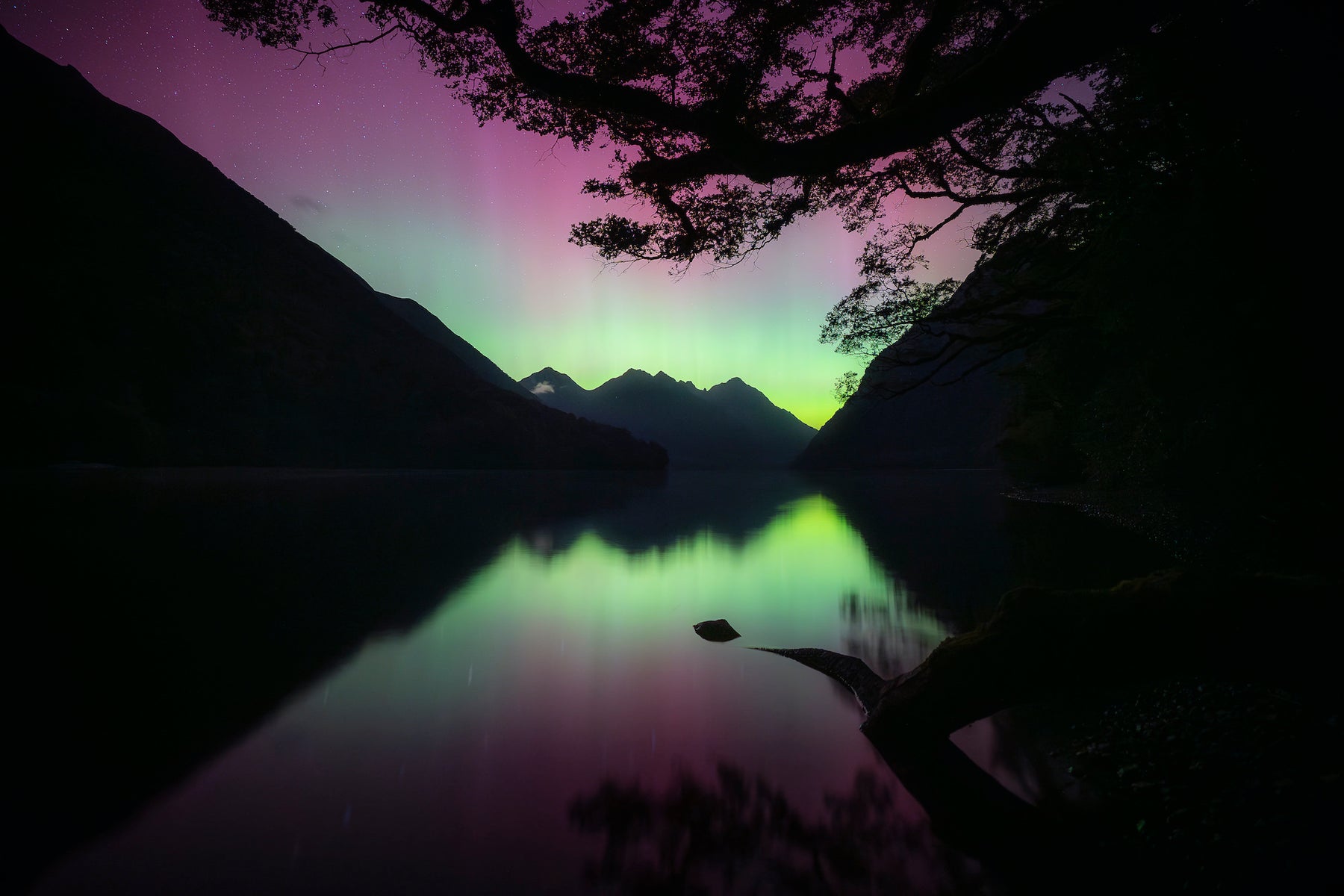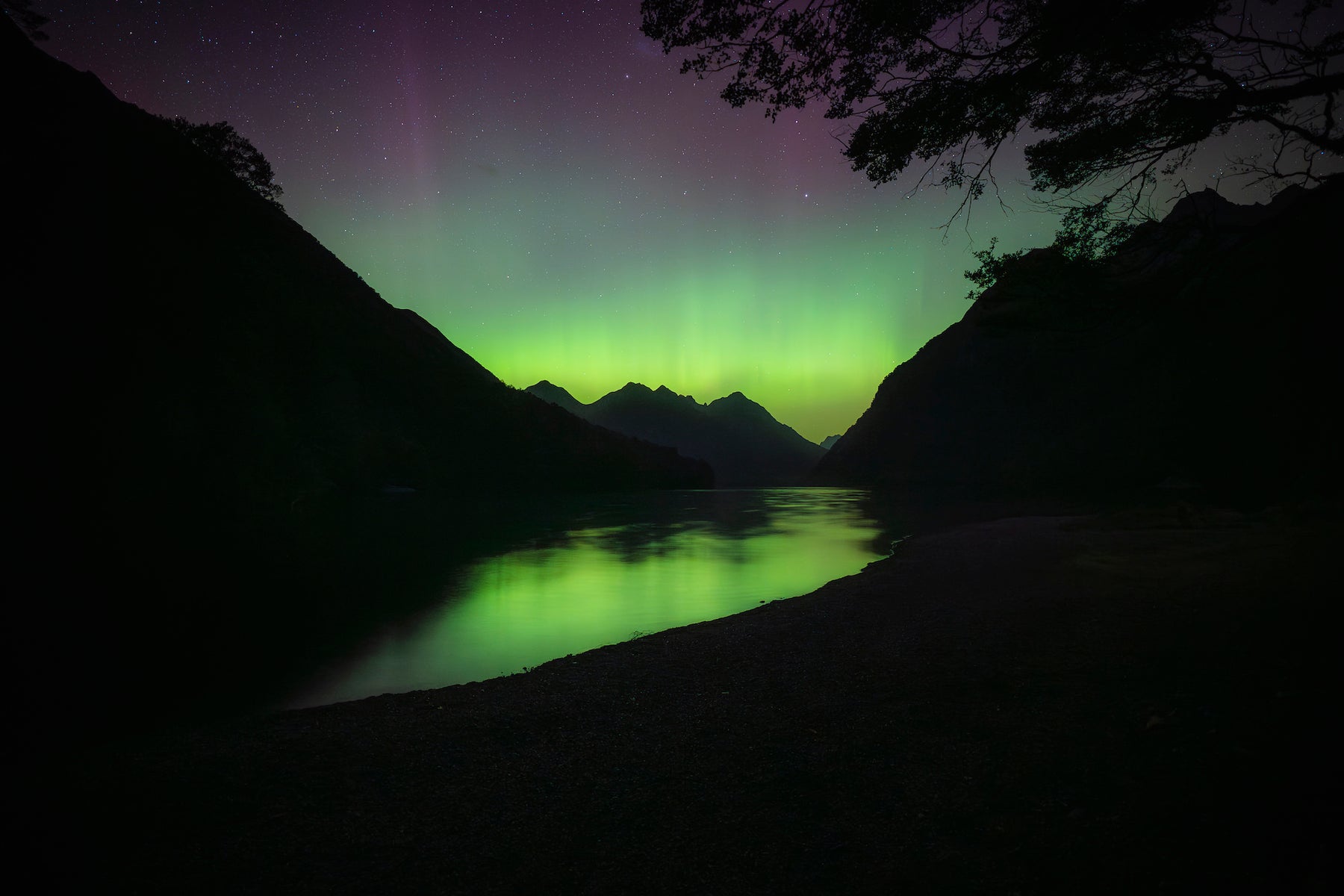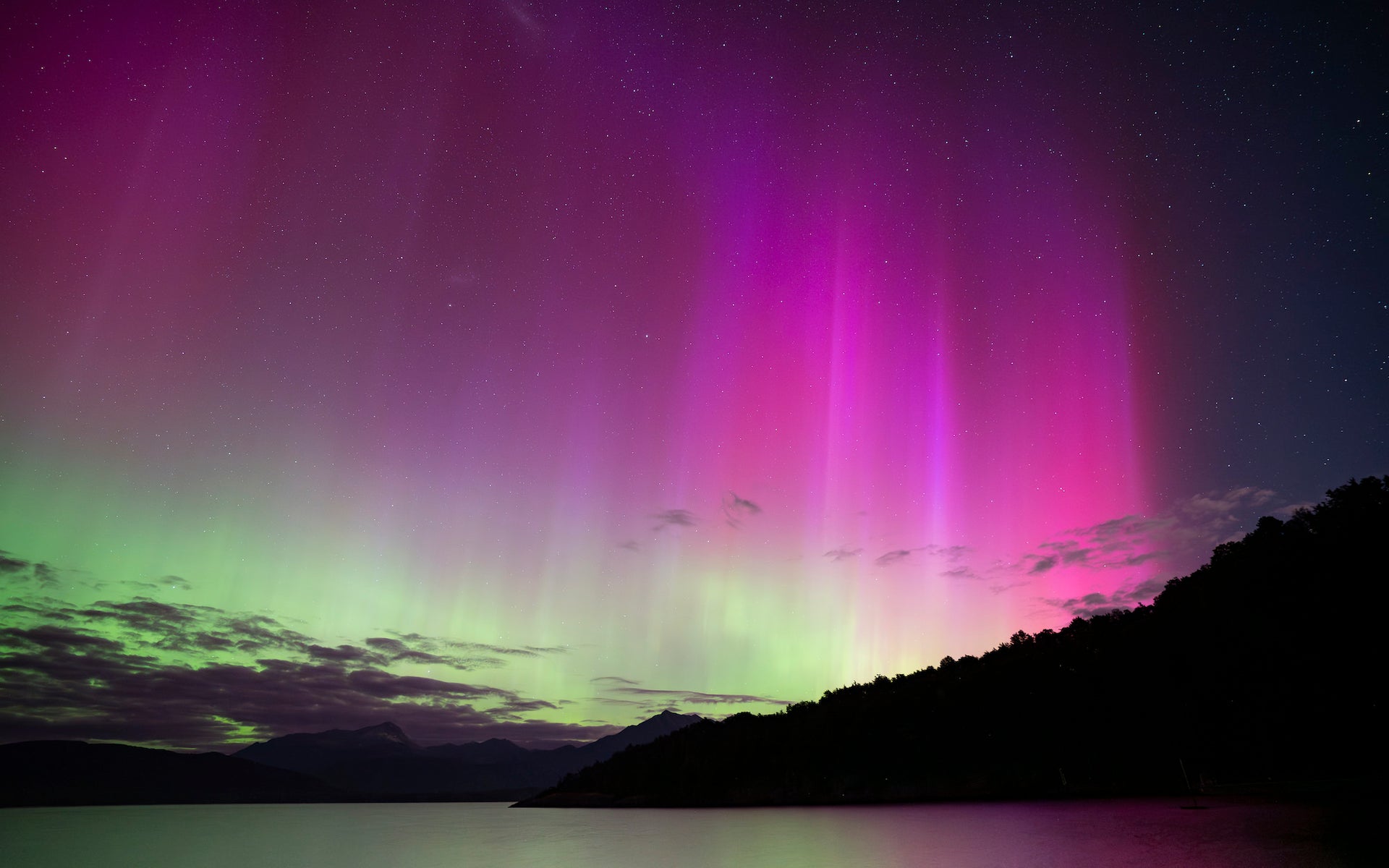Cam Stables (@cam_snaps) primarily specializes in travel based photography and videography, incorporating outdoor and adventure elements with commercial tourism, automotive, and lifestyle brands across the world. He travels often, bringing along a lightweight kit of Sony Alpha cameras and G Master lenses to document his experiences. We were drawn to Cam’s ability to photograph adventure artistically. We saw a recent Instagram post of the aurora australis (Southern Lights) and needed to learn more about how he made the photo. Keep reading as he shares the story behind the shot in his own words.
Product Preview – In This Article You'll Find:
–Sony Alpha 7 III
–Sony 16-35mm f/2.8 G Master
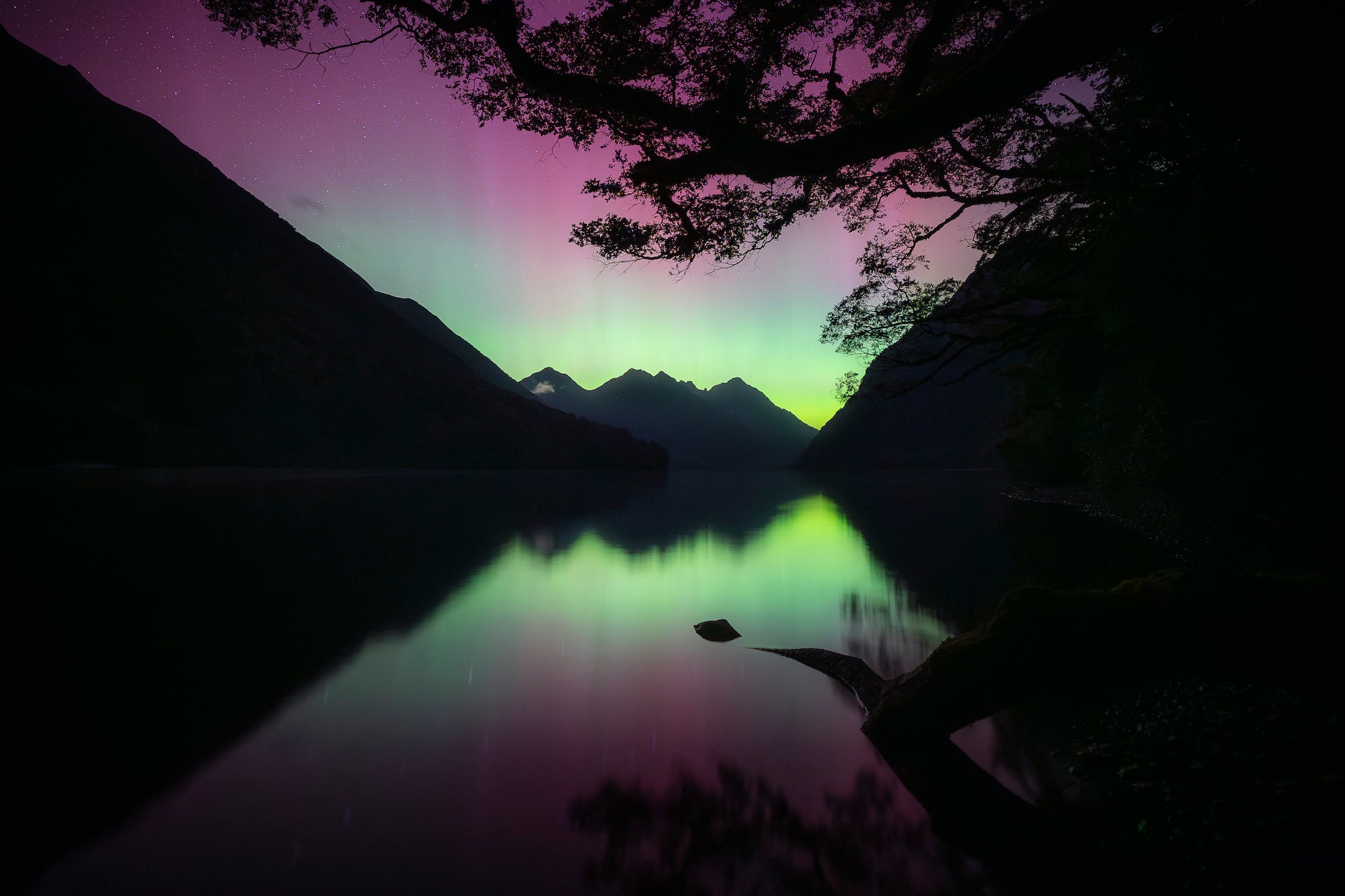
Photo by Cam Stables. Sony Alpha 7 III. Sony 16-35mm f/2.8 G Master. 15-sec., f/2.8, ISO 1000
Having grown up in the spectacular country of New Zealand, the outdoors have always played an important role in my life. I’ve spent countless days exploring different corners of the country, from the tropical coastlines in the North, to the grand alpine regions of the South. It wasn’t until I began traveling overseas in my early twenties that I really developed a desire to tell my stories and share my adventures through artistic and photographic mediums.
My work has taken me to so many exciting destinations across New Zealand and the world, many of which I never even new existed before I started traveling. Through my images I hope to inspire others to travel themselves and potentially experience the same joy I get from discovering new cultures and exciting scenery. Broadening their perspective of the world and giving them a whole new appreciation for the environments of which they surround themselves.
Finding A Dynamic Scene
Whilst out shooting a separate project in Fiordland National Park, various aurora forecasting websites and apps were giving pretty consistent data towards a strong display later on in the evening. With very little cloud cover on the horizon, a local friend and I scouted out a lakeside location to capture the lights over the water, hoping to capture a reflective scene.
After a few hours and an impressive show, we decided the location we were at wasn’t dynamic enough. With very little surrounding elements to incorporate into the scene, we packed up the gear and drove an hour to a separate lakeside area which would hopefully provide us with a more exciting composition. Luckily the aurora had been one of the strongest that New Zealand had experienced in years and the glow of the beams stayed relatively consistent throughout the night, giving us a window to try a second location. A novelty that we often don’t experience with aurora displays down here in the South of NZ. Once we arrived at the new spot, we quickly ran down to the water to check the beams were still active, then grabbed our tripods and settled in for another few hours of shooting.
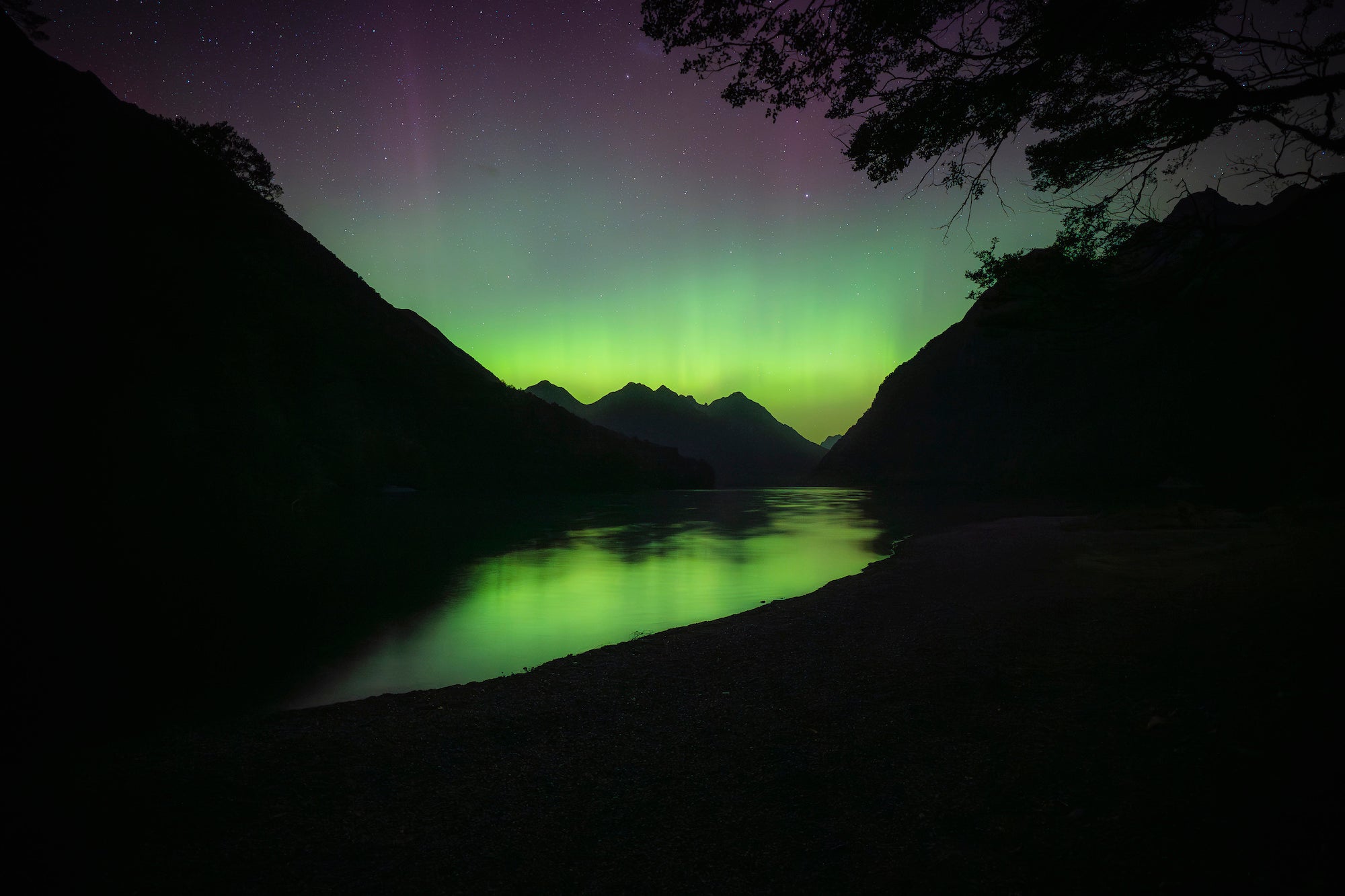
Photo by Cam Stables. Sony Alpha 7 III. Sony 16-35mm f/2.8 G Master. 10-sec., f/2.8, ISO 1000
Pulling Out What Is Subtle To The Naked Eye
I shot this image on the Sony Alpha 7 III, combined with a Sony 16-35mm f/2.8 G Master lens. For capturing a scene like this, the wide angle was essential. Aurora displays can often fill the sky, so having a wide perspective to contain the all the action into a single frame is important for depicting the scale of this natural phenomenon. Being able to open up to f/2.8 is also a must for shooting dark scenes like this. Even though photographs of the Southern/Northern lights can often seem incredibly bright and vibrant, in reality the beams are a lot more subtle to the naked eye and require a low aperture (f/1.2 - f/4) and a long exposure to really do justice to the experience and bring out the colors in the sky.
On this occasion though, some of the beams shone particularly bright. At one point I was so gobsmacked by how vivid the display was, that I forgot the actually set off the camera. Regardless the aurora stayed relatively bright throughout the night, meaning I had plenty of opportunities to capture different compositions.
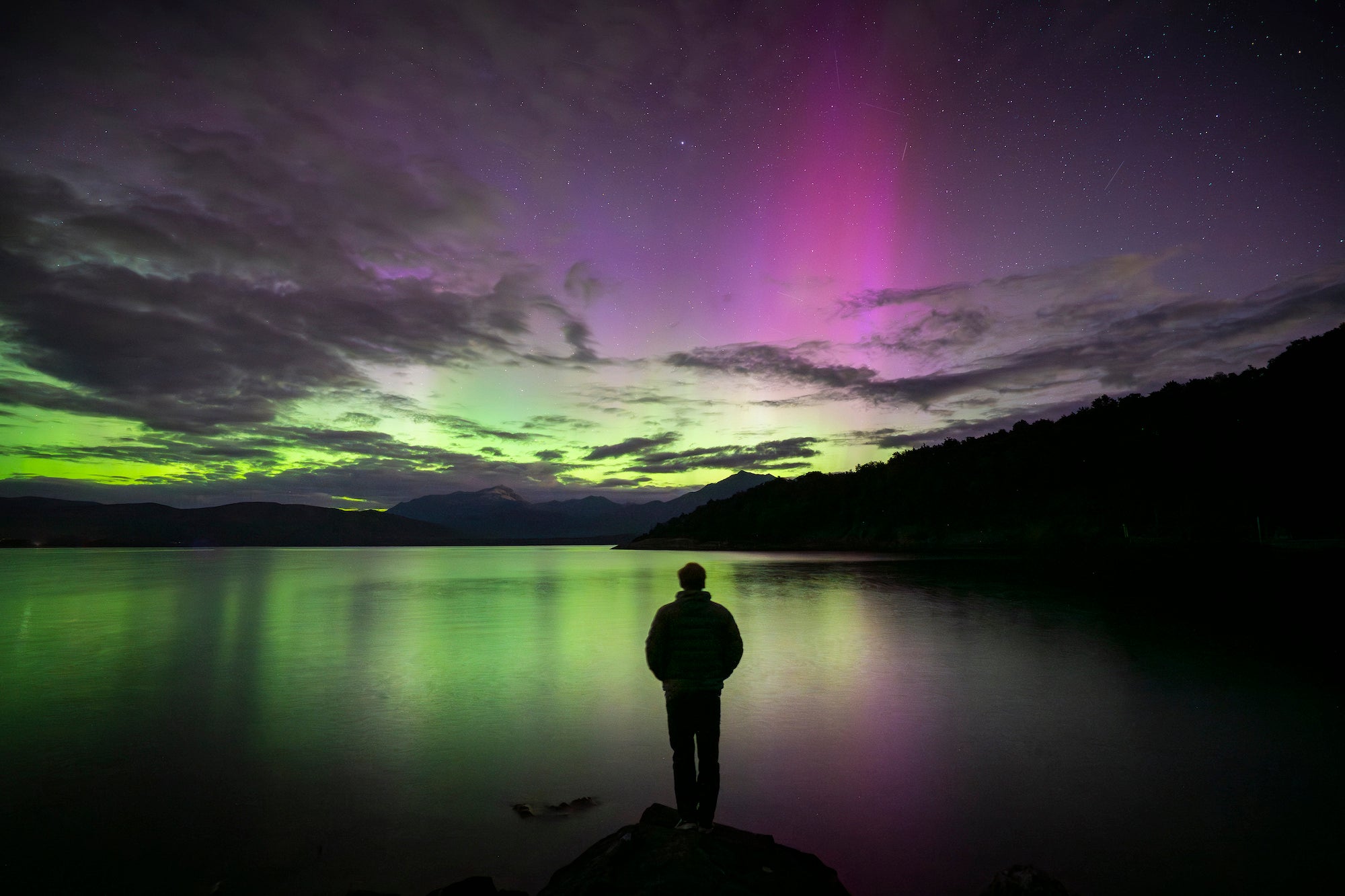
Photo by Cam Stables. Sony Alpha 7 III. Sony 16-35mm f/2.8 G Master. 8-sec., f/2.8, ISO 1000
Trial & Error With Long Exposures
Like I said, I kept the aperture wide open at f/2.8, while on a 15-second exposure as to not create any star trails. Fortunately there was very little wind in the area, so most of the foreground elements remained completely still throughout the 15-second exposure. Even the lake was relatively calm, creating a solid enough reflection to bring out more light from the aurora on the surface of the water.
It took a while to find a composition that I was happy with, due to having to wait 15 seconds before having the opportunity to check the framing. Even with a head torch it was quite difficult to single out the right foreground elements and how they would interact with the beams in the background. Things like the large log resting in the shallows would mostly be silhouetted, so I had to actually shoot a frame and check viewfinder to see how the image was framed. This can be a slow process, so for someone impatient like myself it can often be a bit frustrating, as the aurora could lose its flare at any moment.
I originally shot the image further back, hoping to incorporate the shape of the lake front into the framing of the image, but eventually found it more dramatic to just include the whole reflection, instead relying on the natural gradient of the sky to create a vignette.
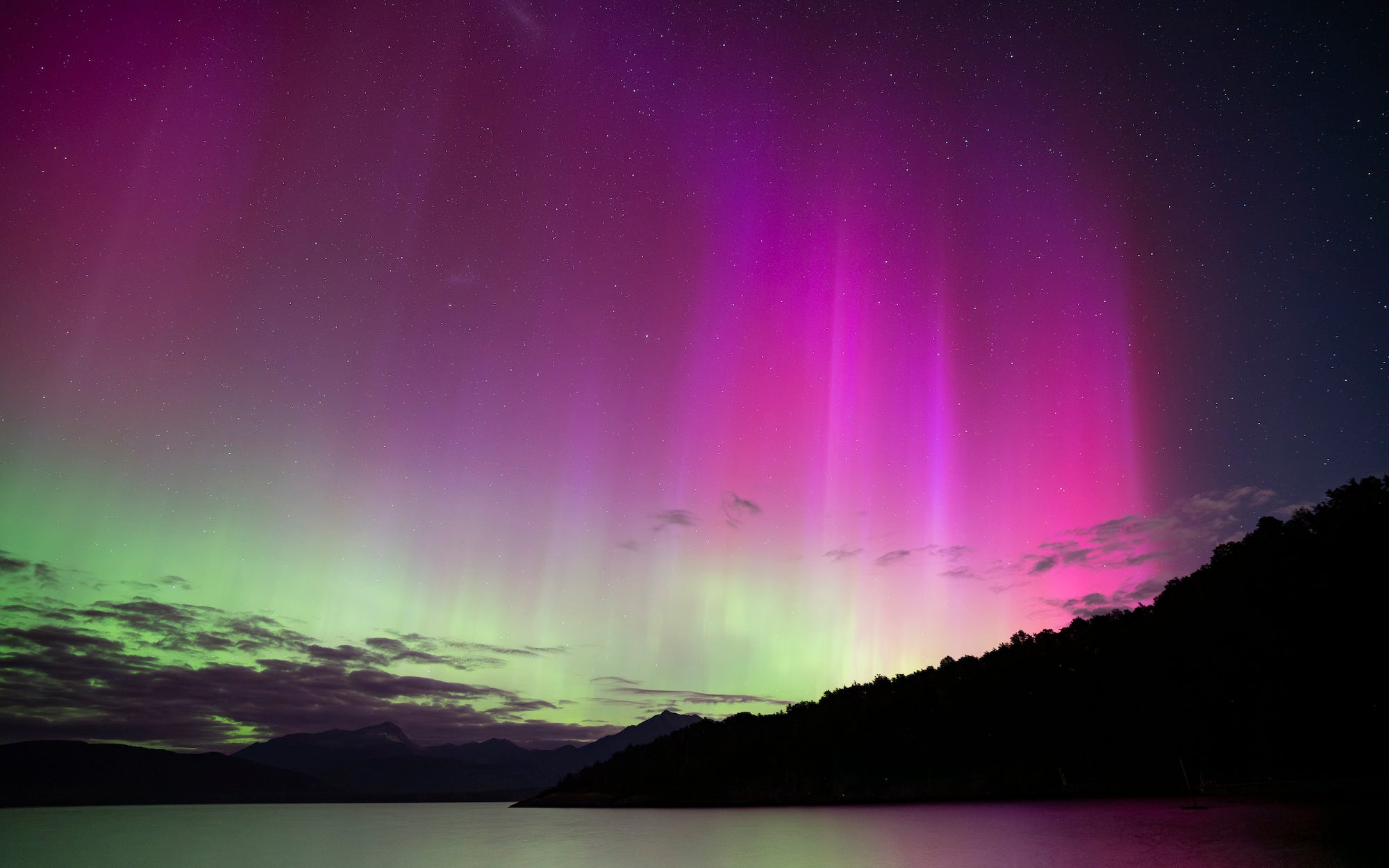
Photo by Cam Stables. Sony Alpha 7 III. Sony 16-35mm f/2.8 G Master. 8-sec., f/2.8, ISO 1000
My focal length was kept to 16mm as to include all of the surrounding trees and stony foreshore. Despite several moments of the aurora shining bright, I still needed an ISO of 1000 to give me an image with enough data to work with in post.
Maintaining The Natural Brightness In The Edit
I think many photographers would choose to stack images in a situation like this, bringing elements of the foreground out of the shadows and adding detail to the darker portions of the image. For me I found the darker elements of the image to add more mystery to the photograph when left silhouetted, creating a shadowy frame that led the eye towards the aurora display in the background. The natural brightness of the beams both in the sky and reflected in the lake, created enough light to outline the foreground elements such as the trees and stony foreshore, while still maintaining a sense of mystery in the shadows.
Most of my post-processing was done through Lightroom, adding only subtle adjustments to the brightness of the beams, and removing any noise particles that become prevalent when shooter at a ISO. I also made use of Adobe Lightroom’s new AI Noise reduction feature, which I found to be highly effective at smoothing out a lot of unnecessary noise across the image.
Ultimately this image represents what I love about traveling. The unpredictable nature of the aurora australis is a reminder that nothing ever quite goes to plan when traveling and exploring the outdoors. Keeping an open mind and adapting to the environment, often yields some of the most powerful photographs and will provide longer lasting memories of your experiences. This image incorporates so many of my favorite natural elements into a single frame, while also representing the spontaneity and ever shifting experience that is adventure travel and outdoor photography.
See more of Cam Stables work on Instagram @cam_snaps.
